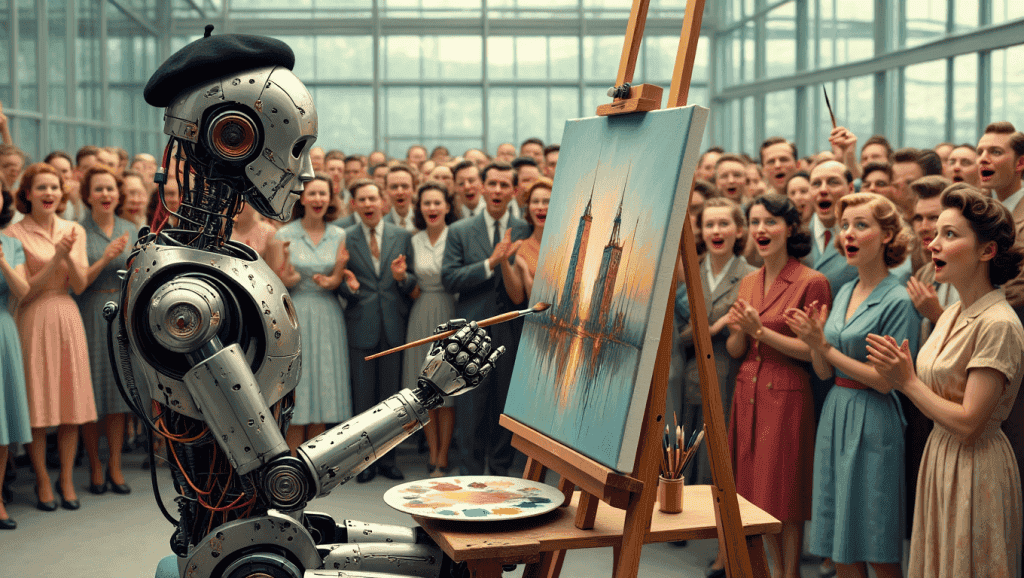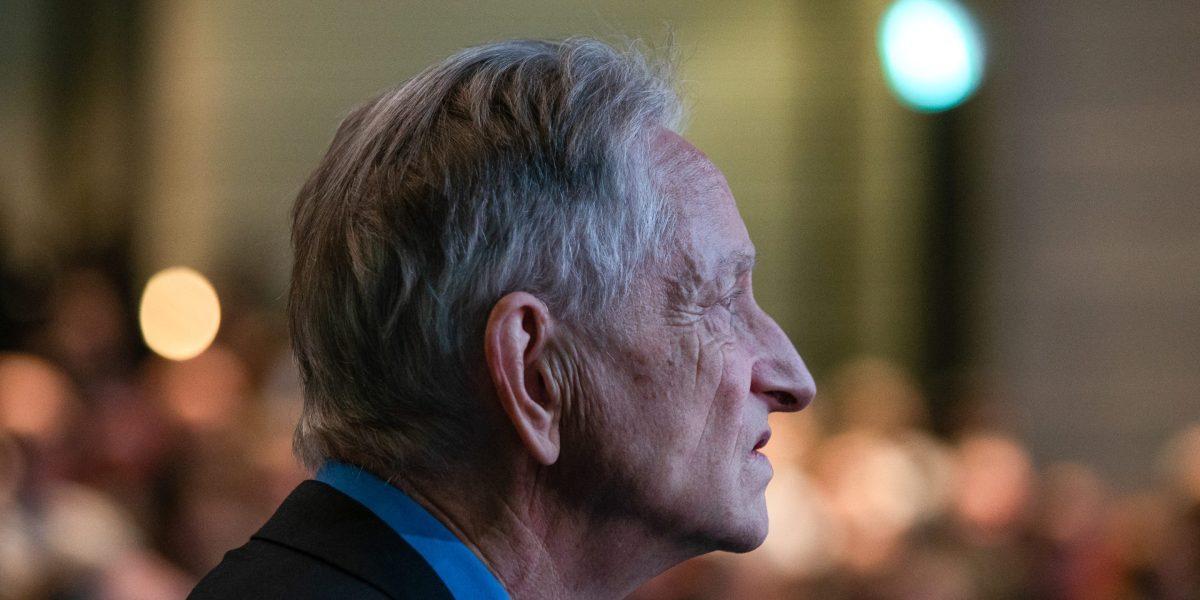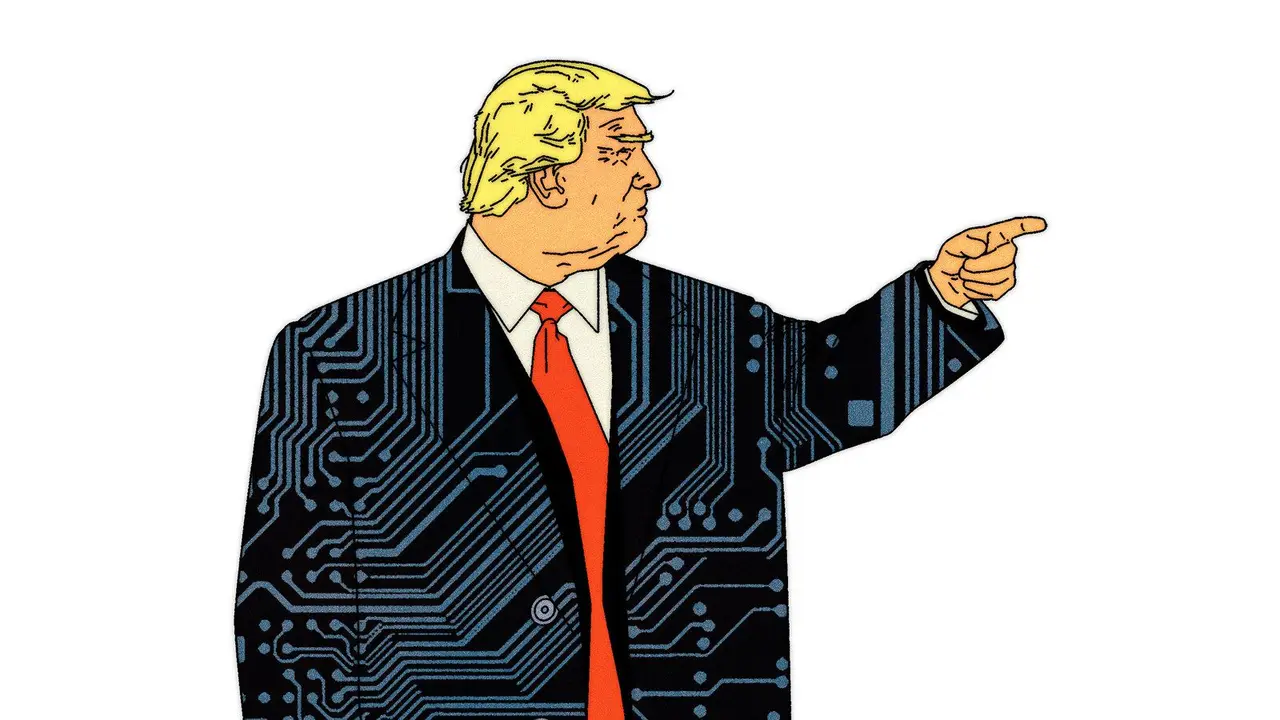Ideogram 2.0: A Game-Changer in AI Image Generation
5 Sources
5 Sources
[1]
Turn your napkin doodles into high art with this AI image generator
Ideogram 2.0 will make you forget all about DALL-E and Midjourney AI image generators are having a moment right now with a recent rush of upgrades to many of the options out there. Ideogram is the latest synthetic image developer to join the trend this week with the launch of Ideogram 2.0. The new iteration of the image generator promises to outshine its predecessor as well as its competitors with several new and improved features, as well as a new iOS app and searchable library of the more than a billion images generated by users over the past year. Ideogram 2.0 's text-to-image engine gives the user much more control over shaping the AI-generated image. That includes a collection of several distinct styles to choose from. The Realistic style is undeniably the most interesting, as it produces images that closely resemble real photographs. The skin, hair, and other details are much better than those of the earlier Ideogram model. The Design style, on the other hand, focuses on text accuracy within images, a notoriously difficult area for AI models to master. With Ideogram 2.0, users can generate graphic designs with long, stylized text that is still readable. The other options are fairly self-explanatory, with 3D making three-dimensional objects that could be rotated in real space, while Anime goes for that distinctive animated style and General avoids slanting the image to any particular look. Ideogram 2.0 has also improved upon its Magic Prompt and Describe tools. Magic Prompt expands upon an initial prompt from a user, while Describe reverses the usual setup and creates a text prompt from an image. They are now better at working out how to fill in details from an initially short text prompt and at explaining an image using words, respectively. Ideogram paired its new model with the launch of its iOS app. The app allows users to create and customize images directly from their mobile devices. An Android version is also in the works. In addition to the mobile app, Ideogram AI has introduced the beta version of its API so that you might open another app or website that has an AI image generator and actually be using Ideogram's model. It's similar to how Microsoft uses OpenAI's DALL-E or how X embedded Flux into the Grok AI chatbot. All of them and more are Ideogram's rivals, and while there's no sense of which, if any, will win out in the space, there's no denying the final picture will be crisp and photorealistic, with words anyone can read.
[2]
Ideogram 2.0 has arrived to eat Midjourney's lunch | Digital Trends
Digital Trends may earn a commission when you buy through links on our site. Why trust us? The AI image generation wars are heating up. Just as Google has released its own Pixel Studio generator to disastrous results, AI startup Ideogram announced Wednesday on X (formerly Twitter) has announced the second version release of its product with the same name, Ideogram 2.0. In addition to increasing its model's new creative capabilities, the company also says it's rolling out an iOS app, an API, and a visual search system. The announcement comes after a big week in AI image generation, with the launch of Grok-2 and a significant Midjourney update. Recommended Videos Introducing Ideogram 2.0 -- our most advanced text-to-image model, now available to all users for free. Today's milestone launch also includes the release of the Ideogram iOS app, the beta version of the Ideogram API, and Ideogram Search. Here's what's new... 🧵 pic.twitter.com/nvD0ogRh2J — Ideogram (@ideogram_ai) August 21, 2024 Ideogram 2.0 enables users to generate images in one of five distinct styles: General, Realistic, Design, 3D, and Anime. General, which you can see from the horse-sized ducks fighting duck-sized horses below, will give you a basic illustration based on your prompt. Realistic style produces closer to photographic-quality images (below), down to the correct number of eyes and fingers, er, feathers. Design offers improved text rendering and allows users to overlay an image with specific color schemes and pallets, making it a useful tool in rapidly iterating logos and graphics. 3D style will return, you guessed it, a 3D rendered image that, in this duck's case, somehow looks more lifelike than the Realistic style, while Anime does exactly what you think it does. The company also announced the release of its Ideogram Search engine, which will enable users to more efficiently search for inspiration amid Ideogram's billion-plus public images, an iOS app, as well as the beta release of its API. The API will "offer superior image quality at a lower cost compared to other models," the company claimed in a follow-up tweet. Ideogram is currently charging between .01 and .08 cent per input, depending on the model used and function. For consumers, Ideogram offers a range of subscriptions. The free tier is surprisingly generous, allowing you to generate around 40 images a day at no charge. For $7/month, the Basic plan offers 400 priority generation credits a month and 100 slow credits per day, as well as other benefits like full-quality image downloads. For $16/month Plus grants 1,000 priority credits and unlimited slow credits per month, and the $48/month Pro plan increases that figure to 4,000 fast credits (around 12,000 images) per month.
[3]
Hands-on with Ideogram 2.0: The AI that makes text look incredible
Join our daily and weekly newsletters for the latest updates and exclusive content on industry-leading AI coverage. Learn More Ideogram unveiled version 2.0 of its text-to-image model today, positioning the year-old startup as a formidable challenger to established players like Midjourney and DALL-E 3. This latest release introduces advanced features and competitive pricing that could reshape the landscape of artificial intelligence-driven content creation. The cornerstone of Ideogram 2.0 is its improved text rendering capabilities, addressing a persistent challenge in AI image generation. "The Design style significantly improves text rendering in Ideogram 2.0, and it enables you to create premium graphic designs including greeting cards, t-shirt designs, posters, illustrations with longer and more accurate text," the company announced via X.com. This advancement could be a major paradigm shift for businesses and content creators relying on clear, on-brand messaging in their visual content. Accurate text rendering has long been a stumbling block for AI image generators, often producing distorted or illegible text that fails to meet professional standards. Ideogram's breakthrough could revolutionize rapid prototyping in advertising and branding, allowing for faster iteration and more precise visual communication. Color control and API: Empowering designers and developers alike The introduction of a customizable color palette feature further enhances Ideogram's appeal to professional users. "Choose from multiple color palettes for images, giving you precise control over the color scheme. This is useful for brand consistency or for capturing a specific vibe," the company tweeted. This level of control addresses a crucial need for brands aiming to maintain visual consistency across their digital assets, potentially streamlining workflows and reducing the need for post-generation editing. The launch of a public beta API marks another strategic move to expand Ideogram's reach. By enabling developers and businesses to integrate its technology into their own applications and workflows, Ideogram is positioning itself as a versatile solution for a wide range of industries. The company's statement, "We offer superior image quality at a lower cost compared to other models," highlights a competitive pricing strategy that could attract cost-conscious enterprises looking to scale their AI-generated visual content. Ethical implications and market impact: Navigating the future of AI-generated imagery However, Ideogram's rapid advancement raises important questions about the future of creative industries. The increasing sophistication of AI-generated imagery could disrupt traditional design and illustration workflows, potentially reducing demand for human artists in certain sectors. Conversely, it may also democratize design capabilities, allowing smaller businesses and individual creators to produce professional-quality visuals without significant investment in design expertise or software. The ethical implications of AI-generated imagery also loom large. As these tools become more powerful and accessible, concerns about copyright infringement, the spread of misinformation, and the potential for creating deepfakes become more pressing. Ideogram, like its competitors, will need to navigate these complex issues carefully to build trust with enterprise clients and avoid potential regulatory scrutiny. From a market perspective, Ideogram's entry into the competitive AI image generation space could catalyze further innovation and price competition among established players. This could accelerate the adoption of AI-generated imagery across industries, from e-commerce and digital marketing to entertainment and education. Hands-on with Ideogram 2.0: Pushing the boundaries of AI-generated text and images In our own testing of Ideogram 2.0, the model performed exceptionally well. We were able to generate an image that has long eluded other AI models. The prompt we used was "A high resolution image of the text 'VentureBeat' made out of a computer chip." The model delivered an image with perfect accuracy, each letter distinctly rendered. This level of precision in text generation is rare in the marketplace and represents a significant advancement in AI image creation capabilities. To further explore the potential of Ideogram 2.0's output, we fed the generated images into Luma's Dream Machine 1.5 for animation. The results were astounding. Within less than five minutes, we had created a high-quality short video clip suitable for use as a social media bumper or a standalone advertisement. This rapid turnaround from concept to finished product hints at even greater possibilities with more refined inputs and storyboarding. All in all, Ideogram 2.0 appears poised to push the entire AI image generation industry forward. The capabilities demonstrated by this tool, especially when combined with other AI technologies, herald an era of unprecedented ease in content creation. As businesses and creators begin to harness these powerful new tools, we can expect to see a proliferation of high-quality, AI-generated visual content across various media platforms. As the AI image generation landscape evolves at breakneck speed, one thing is clear: the writing's on the wall -- and thanks to Ideogram 2.0, it's crystal clear and perfectly rendered.
[4]
Move over Midjourney -- Ideogram drops v2 and it's a masterpiece of AI image generation
Ideogram is making version 2 of its popular AI image model available just a year after the company first launched onto the AI scene. This is more customizable, photorealistic and design-orientated than the previous generation. As well as an entirely new model generation, Ideogram has also added a raft of new features to its web UI including the ability to set a custom color scheme and greater degrees of control over the type and style of image produced by the model from your text prompt. I've been playing with the new Ideogram model for a few days and one of the most impressive features is prompt adherence. I asked it to generate a t-shirt design for "Cats on the Moon" and it did, so I then asked it to use a gothic font with blue and yellow colors and it rendered it exactly. Competition is tough in the AI image space with dozens of companies and as many AAA models vying for attention. With its v2 upgrade, Ideogram cements its place in that list. The upgrade to version 2 is significant, with many new features and capabilities including a more accurate text rendering engine. Not only can you specify the words but it is also now possible to give it a font or font family and have it accurately render the design. Previous features such as Magic Prompt which lets you take a simple request and refine the prompt using AI as well as switching to fast or quality renders are still in place. Even before the upgrade, with v1, Ideogram's biggest strength was always in design over photorealism but with the v2 model it has also upped the ante on realistic images. Not just of people, where Midjourney and Flux still reign, but in places and objects. I asked it to render a picture of an influencer sitting in a cafe and it was close to a candid smartphone picture. I then had it render an image of a fictional product called the OmniDock Pro and show our influencer using it and once again it worked perfectly. One of the best new features of Ideogram 2, outside of the general model upgrades, is the ability to define a style in advance of generating the image and my favorite new style is 'design'. This essentially creates a flat-style image that is drawn rather than photographic. I used this to design the "Cats on the Moon" t-shirt, as well as multiple fictional product ideas. My favorite creation was a blueprint-style design for a smart bird feeder. If you combine 'design' with the color pallet feature and accurate text rendering, you can create some stunning works. In one experiment I created a fictional cereal called AstroCat, giving Ideogram a mixture of short and well-described prompts. It handles both well, but if you already have a descriptive prompt it is better to switch off Magic Prompt as it will more closely reflect your description. With the AstroCat cereal, it was able to generate accurate text, create a box, and even related marketing design work that reflected the name perfectly. Switching between 3D and design gave a wider variety of styles than just putting it on default. Ideogram 2 is a huge upgrade, a significant step up in creativity and controllability over AI-generated images. Its ability to accurately follow a prompt, including over-placement of elements, fonts and colors is a game changer for AI design. It accurately rendered text in full every time I tried, reflected any changes I asked for and I also noticed major improvements in its image-to-image remix function. There is still some work to be done around facial rendering, especially if you want true realism. This works greater for younger faces but a handful of tests with older faces resulted in some odd results including overly plastic-looking skin. Overall, Ideogram just booked its spot in the top AI image generator list, competing head-on with Midjourney in multiple areas and offering design creation capabilities on par with more manual tools like Canva and Illustrator.
[5]
Ideogram Releases New AI Image Model to Compete With Flux, Midjourney - Decrypt
Ideogram AI unveiled Ideogram 2.0 on Wednesday. The next generation of its text-to-image model aims to challenge the dominance of established players in the generative AI space. The release comes just days after the much-anticipated implementation of Flux.1 as the primary image generator for Grok on X (aka Twitter), a move that has solidified Flux.1's position as a powerful and versatile contender in the post-Stable Diffusion XL (SDXL) era. Other open models vying for supremacy include Auraflow, KwaiKolors, Hunyuan, Lumina, and Kandinsky 3. "Ideogram 2.0 significantly outperforms other text-to-image models across many quality metrics, including image-text alignment, overall subjective preference, and text rendering accuracy," the company said in its official announcement. Alongside the new model, Ideogram also launched a new set of features to make their whole suite more competitive. These include an iOS app and an API for developers. Founded by former Google alumni, Ideogram has long been recognized for its pioneering work in incorporating text generation capabilities into its image models. It was the first model to do it, alongside a lesser-known experiment from Stability AI called Deep Floyd IF. With the release of Ideogram 2.0, the company has increased the overall quality of its model's outputs, making it faster, more capable, and versatile thanks to a new option for five different presets: realism, drawing, 3D, anime, and a general purpose implementation. The update also introduces a color palette to give users more control over the aesthetics and the composition. The "Realistic" style in Ideogram 2.0 enables users to create images that look like real photographs. "Textures are significantly enhanced, and human skin and hair appear lifelike," Ideogram says. On the other hand, the "Design" preset focuses on accurate and artistic text generation. "This enables you to create premium graphic designs for greeting cards, print on demand, posters, illustrations, and marketing and social media content with long, stylized text." the announcement reads. Besides these two styles, the "3D" preset focuses on generating images that mimic a computer render, the "Anime" preset stands as a strong competitor against MidJourney's Niji style for Hapanese manga-inspired creations, and the "General" preset is a one-size-fits-all versatile setting that will adapt the output to the prompt. Initial reactions from social media users have been pretty positive overall, with many sharing their Ideogram-generated creations that showcase the model's remarkable abilities in realism and the rendering of famous personalities. Our first tests were satisfactory, particularly when utilizing the "Realism" preset, which at first glance seems to match the performance of Flux.1. However, this may not be the best one for power users who want to test it for free. The free version of Ideogram 2.0 comes with a daily limit of 20 images (five batches of four images), with paid plans starting at $8 per month, and an unlimited slow generations plan priced at $20 per month. However, it is still competitive against MidJourney, which asks for $10 for its lowest tier and $30 monthly for unlimited slow generations. Ideogram's offerings are positioned as a more accessible alternative to MidJourney, as the model's natural language processing capabilities allow for a more intuitive and streamlined prompt experience similar to what ChatGPT offers with Dall-E 3, and in contrast to MidJourney's reliance on the traditional "SDXL" prompting style with specific keywords and commands. If money is not an issue, users may want to evaluate features over output quality, as both models are pretty competitive. MidJourney offers a very powerful personalization feature that lets users create their own style. It also has a pretty capable image editor that makes it possible to tweak generations with pretty high levels of control. In contrast, Ideogram 2.0 gives users a lot of control over their generations without having to rely on prompt engineering or additional tools like Style Transfer, LoRAs or IPAdapter. The color palette options and presets may be a great way to get personalized results, especially for new users.
Share
Share
Copy Link
Ideogram 2.0, the latest AI image generator, is making waves with its advanced text rendering capabilities and improved realism. This update challenges industry leaders and introduces new features for both web and mobile users.

Ideogram 2.0: Pushing the Boundaries of AI Image Generation
Ideogram, a relatively new player in the AI image generation field, has recently launched its version 2.0, marking a significant leap forward in the technology. This update has caught the attention of both casual users and industry experts, promising to challenge established leaders like Midjourney and DALL-E
1
.Unparalleled Text Rendering Capabilities
One of the most notable features of Ideogram 2.0 is its exceptional ability to render text within images. Unlike many of its competitors, Ideogram can produce clear, legible text in various styles, making it particularly useful for creating logos, book covers, and other designs that incorporate text elements
3
.Enhanced Realism and Artistic Quality
The new version boasts significant improvements in image quality and realism. Users have reported that Ideogram 2.0 produces more photorealistic results, with better handling of lighting, textures, and complex scenes. This advancement puts Ideogram in direct competition with industry leaders, potentially reshaping the landscape of AI-generated imagery
5
.Mobile Accessibility
In a move to increase accessibility, Ideogram has launched its iOS app, allowing users to generate AI images on their mobile devices. This expansion to mobile platforms opens up new possibilities for on-the-go creativity and could potentially broaden the user base for AI image generation tools
2
.Related Stories
Innovative Features and User Experience
Ideogram 2.0 introduces several new features that enhance the user experience. These include the ability to upload reference images, which the AI can use as inspiration for generating new images. Additionally, the platform offers a user-friendly interface that allows for easy experimentation with different styles and prompts
4
.Implications for Creative Industries
The advancements in Ideogram 2.0 have significant implications for various creative industries. Graphic designers, marketers, and artists can now access a tool that offers high-quality text rendering and realistic image generation, potentially streamlining their workflow and opening up new creative possibilities
1
.As AI image generation technology continues to evolve rapidly, Ideogram 2.0 represents a significant step forward in the field. Its improved capabilities and user-friendly features are likely to attract a growing user base and could potentially influence the direction of future developments in AI-assisted creativity.
References
Summarized by
Navi
[2]
[4]
Related Stories
Recent Highlights
1
Nvidia locks in $20 billion Groq deal, securing AI chip rival's technology and talent
Business and Economy
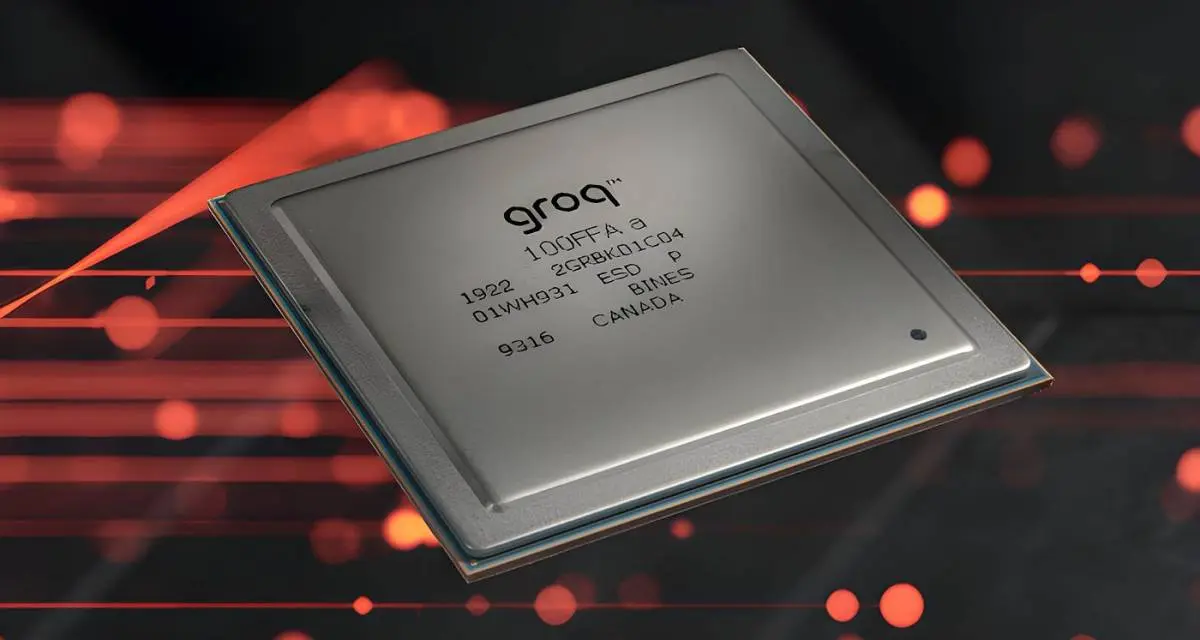
2
Chinese AI Models Close Gap With US Systems as Open-Source Strategy Reshapes Global Tech Order
Policy and Regulation
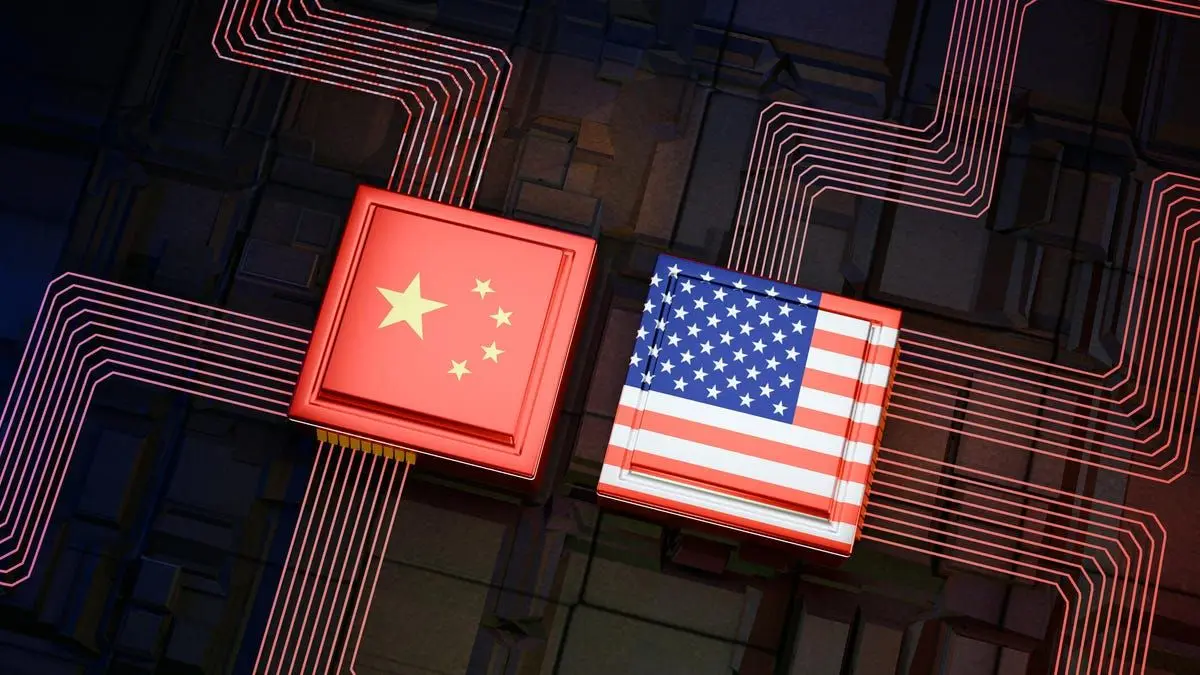
3
Deepfakes cross indistinguishable threshold as voice cloning and video realism surge 900%
Technology



